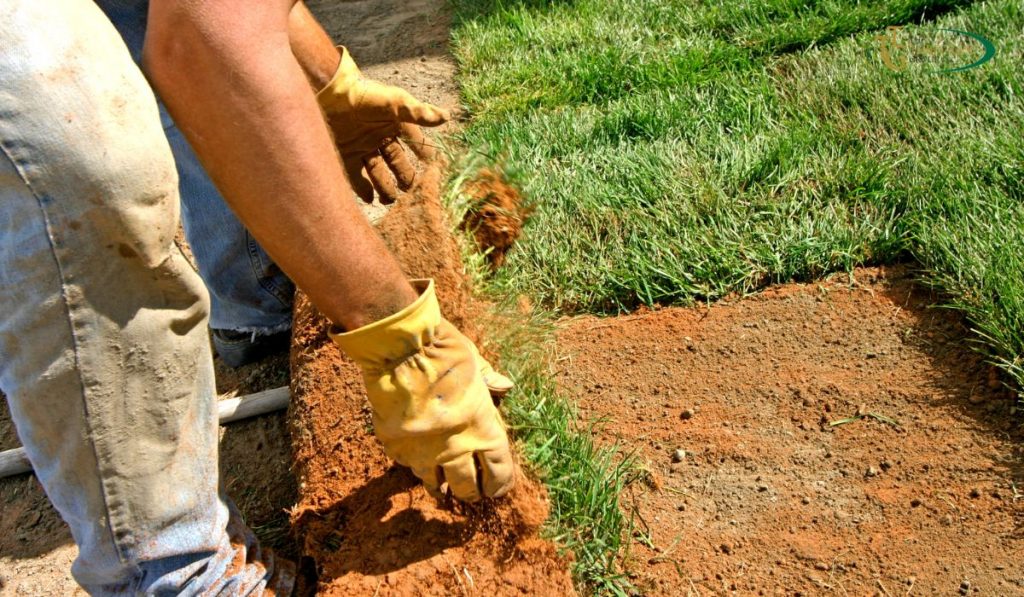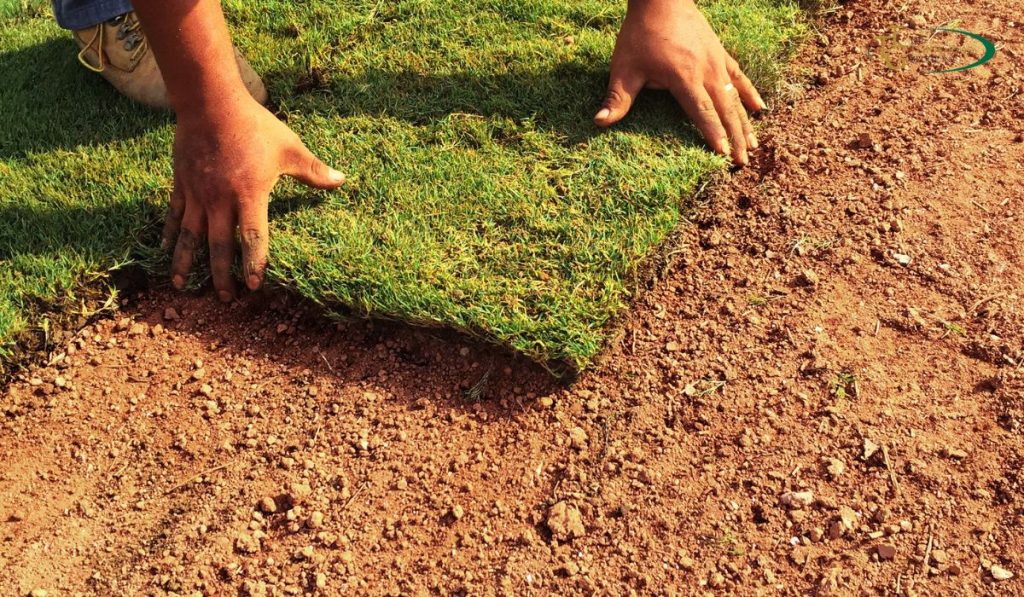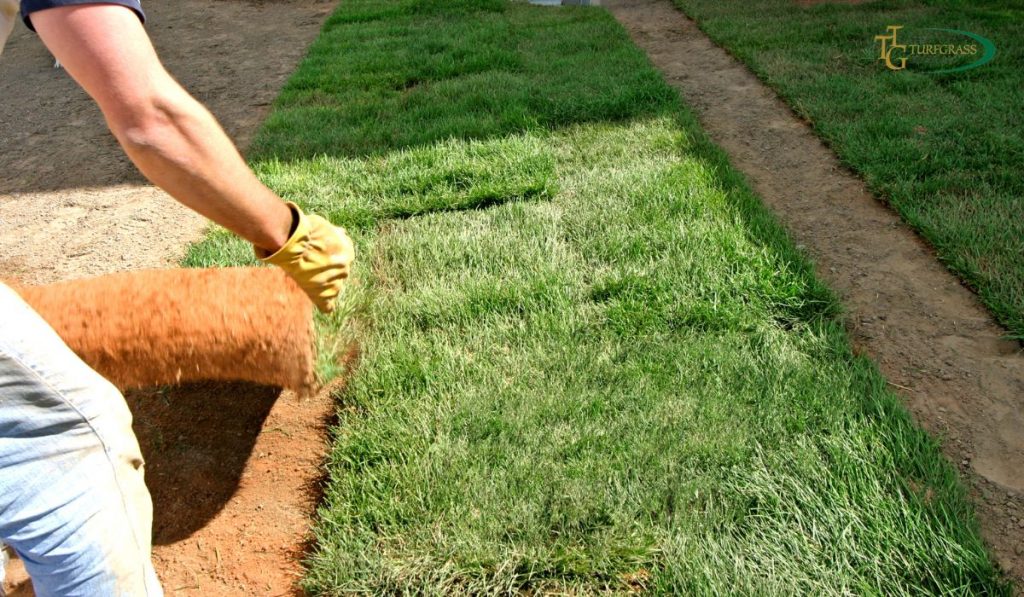
A lush, green lawn is the envy of many homeowners, and one way to achieve this is by investing in Bermuda sod.
Bermuda grass is known for its resilience and vibrant appearance, making it a popular choice for lawns in various climates.
If you’re considering buying Bermuda sod for your lawn, here are some valuable tips to ensure you make the right choice and achieve a beautiful, thriving lawn.
Understand Your Local Climate
Bermuda grass thrives in warm and sunny climates.
Before purchasing Bermuda sod, it’s essential to assess whether your local climate is conducive to this type of grass.
If you live in an area with harsh winters or frequent shade, Bermuda grass may not be the best choice.
Research the specific variety of Bermuda grass that suits your climate best to ensure successful growth.
Determine Your Lawn’s Use
Consider how you intend to use your lawn.
Bermuda grass is excellent for high-traffic areas, such as sports fields and family yards, due to its durability and ability to recover quickly from wear and tear.
Understanding your lawn’s primary purpose will help you choose the right Bermuda grass variety.
Choose the Right Bermuda Grass Variety

There are several Bermuda grass varieties available, each with its unique characteristics.
Common Bermuda grass varieties include Common Bermuda, Hybrid Bermuda, and Improved Bermuda.
Consult with a local nursery or landscaping expert to select the variety that best matches your climate, soil, and lawn use requirements.
Measure Your Lawn Area
Accurately measure the area of your lawn to determine how much Bermuda sod you’ll need.
Bermuda sod is typically sold in rolls or pallets, and knowing the square footage of your lawn will help you calculate the quantity required.
It’s advisable to purchase slightly more than needed to account for any mistakes or irregularities.
Research Local Sod Suppliers
Look for reputable local sod suppliers or nurseries that offer Bermuda sod.
Local suppliers are often more knowledgeable about the specific needs of your region and can provide high-quality sod that’s better suited to your climate.
Inspect the Sod
Before making a purchase, inspect the Bermuda sod rolls or pallets.
Ensure that the sod is healthy, free from pests or diseases, and has a vibrant green color.
Avoid sod that appears dry, brown, or damaged.
Ask About Maintenance Requirements
Different Bermuda grass varieties may have varying maintenance requirements.
Ask your supplier or a local expert about the specific care routines, including mowing height, watering schedule, and fertilization needs, to keep your Bermuda lawn looking its best.
Plan for Installation
Bermuda sod should be installed promptly to prevent it from drying out.
Prepare your soil by removing weeds, rocks, and debris, and ensure it is well-aerated.
Lay the sod in a staggered brick-like pattern, pressing it firmly against the soil to eliminate air pockets.
Water the newly laid sod thoroughly.
Budget for the Purchase and Installation
Determine your budget for both purchasing Bermuda sod and its installation. Consider not only the cost of the sod itself but also any additional expenses for soil preparation, tools, and labor if you plan to hire professionals.
Follow Maintenance Guidelines
Once your Bermuda sod is installed, follow the maintenance guidelines provided by your supplier or local expert diligently.
Regular watering, mowing, and fertilization will promote healthy growth and a vibrant lawn.
By following these tips, you can confidently purchase and install Bermuda sod, setting the foundation for a beautiful and resilient lawn that will be the pride of your home.
Conclusion
Investing in Bermuda sod is an investment in the beauty and functionality of your outdoor space.
To summarize:
- Understand your local climate and whether it supports Bermuda grass.
- Consider your lawn’s primary purpose to choose the right Bermuda grass variety.
- Accurately measure your lawn area to determine the quantity of sod needed.
- Research and select a reputable local sod supplier.
- Thoroughly inspect the sod’s quality before purchasing.
- Ask about maintenance requirements to ensure your lawn thrives.
- Plan for proper installation and budget accordingly.
- Follow maintenance guidelines diligently for a healthy Bermuda lawn.
FAQs
How often should I water my Bermuda sod after installation?
Water your Bermuda sod immediately after installation and then keep it consistently moist for the first few weeks. Gradually reduce watering as the grass establishes itself.
Can I plant Bermuda sod at any time of the year?
The ideal time for planting Bermuda sod is during the late spring or early summer when the soil is warm. However, you can plant it in the early fall if necessary, but avoid planting during winter.

Should I fertilize my Bermuda sod, and if so, how often?
Yes, Bermuda sod benefits from regular fertilization. Apply a balanced fertilizer according to the recommended schedule, typically every 6-8 weeks during the growing season.
What is the recommended mowing height for Bermuda grass?
Keep Bermuda grass at a mowing height of around 1 to 1.5 inches. Maintaining the correct mowing height is crucial for its health and appearance.
Can I walk on my Bermuda sod immediately after installation?
It’s best to avoid walking on newly installed Bermuda sod for the first few weeks to allow it to establish its root system. After that, you can gradually introduce light foot traffic.
How long does it take for Bermuda sod to fully establish?
Bermuda sod typically takes about 2-3 weeks to establish its roots and begin growing vigorously. Full establishment may take a few months, depending on various factors.
Is it necessary to aerate my Bermuda sod lawn?
Aerating Bermuda sod is generally recommended every 1-2 years to improve soil aeration and promote healthy root growth. However, the frequency may vary based on your specific lawn conditions.
Can I use Bermuda sod in shady areas of my lawn?
Bermuda grass thrives in full sun and may struggle in shaded areas. If you have shaded spots, consider alternative grass types that are better suited to low-light conditions.
What pests or diseases should I watch out for with Bermuda sod?
Common pests include armyworms, grubs, and chinch bugs, while common diseases include dollar spot and brown patch. Regular monitoring and proper care can help prevent and address these issues.
Can I overseed Bermuda sod with another grass type for year-round greenery?
Yes, you can overseed Bermuda grass with a cool-season grass like ryegrass to maintain green color during the winter months. Consult with a local expert for overseeding recommendations.